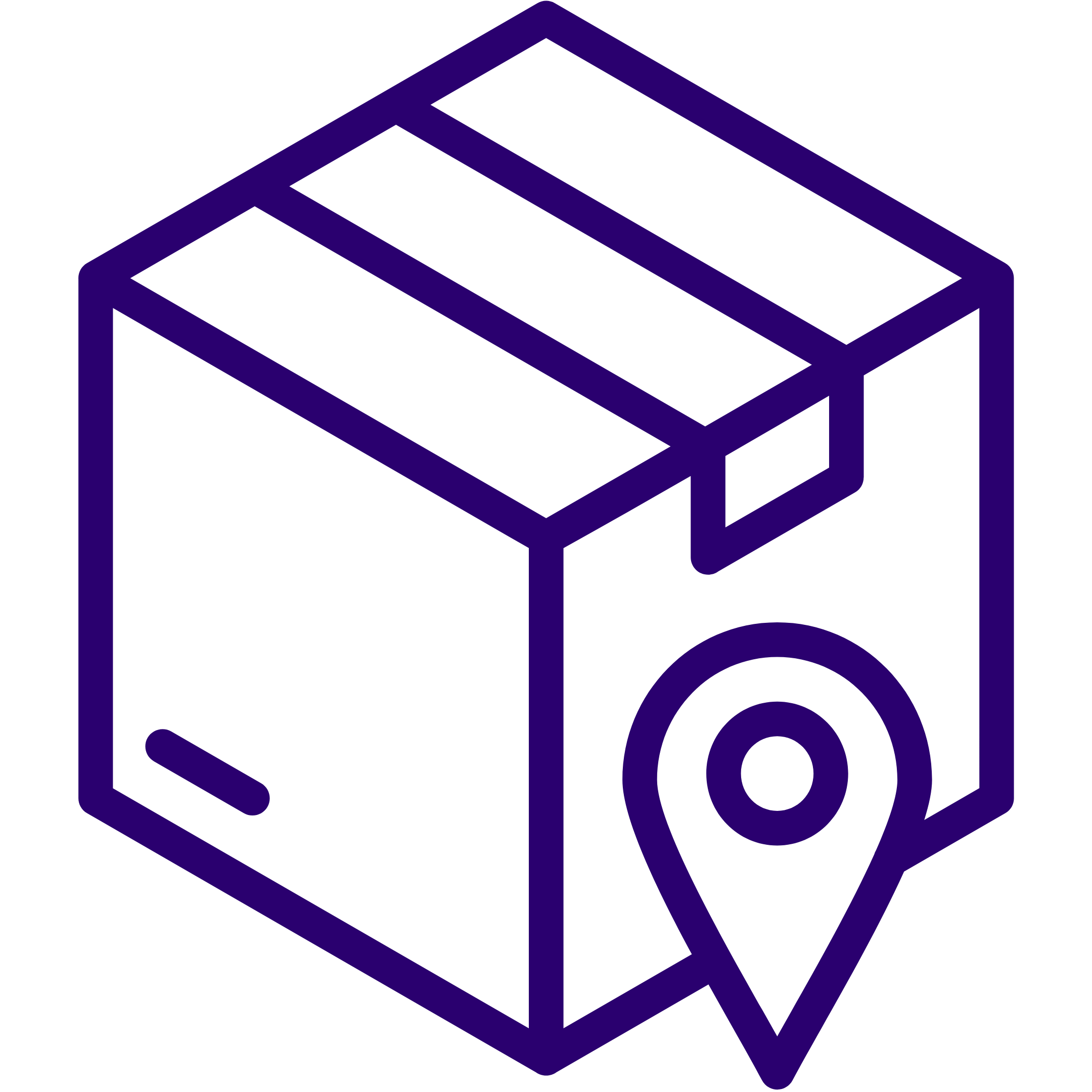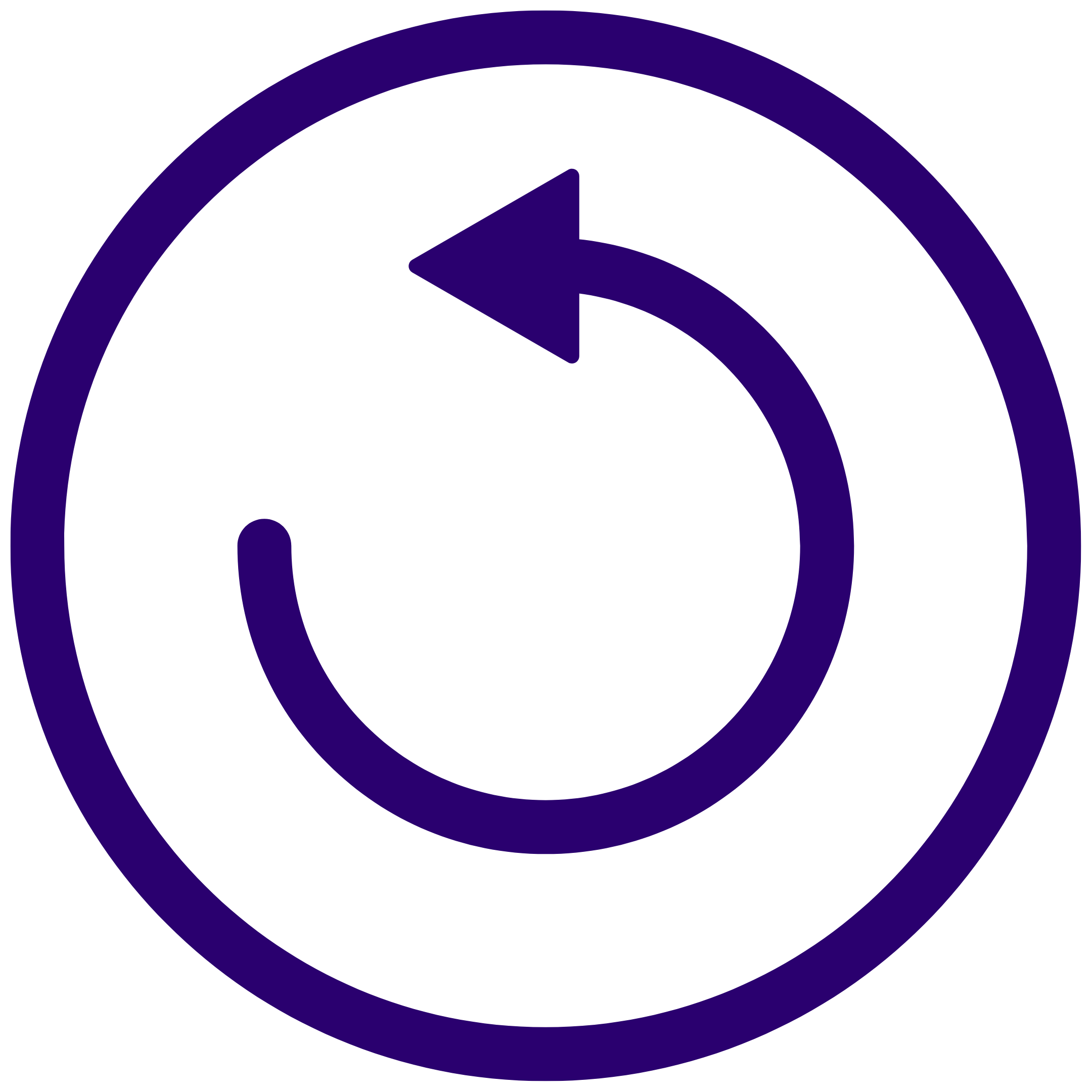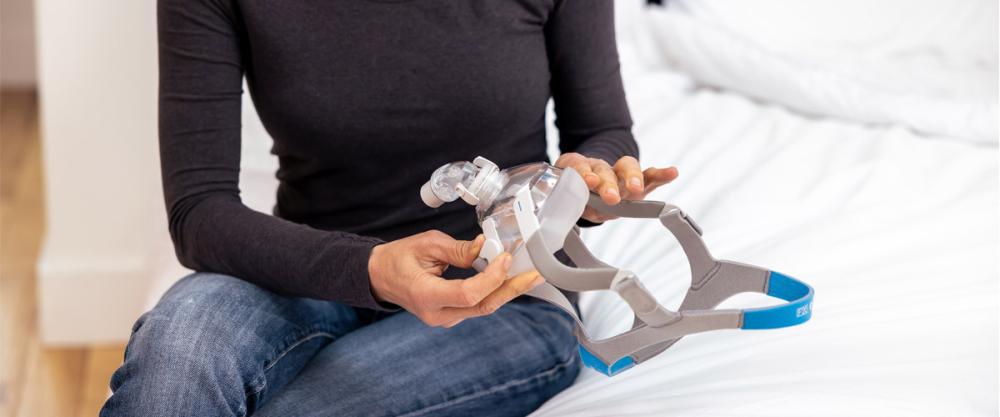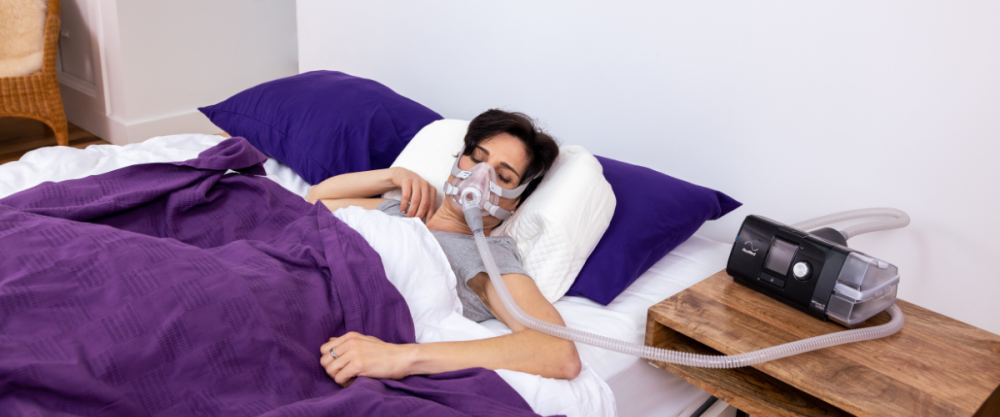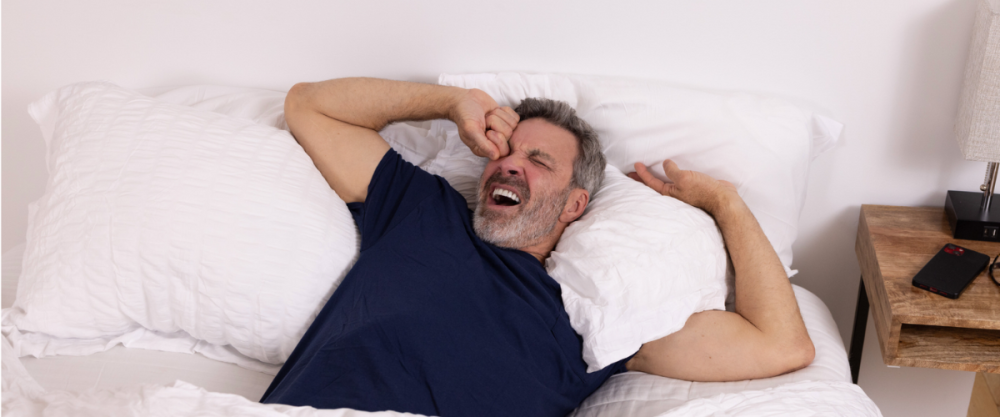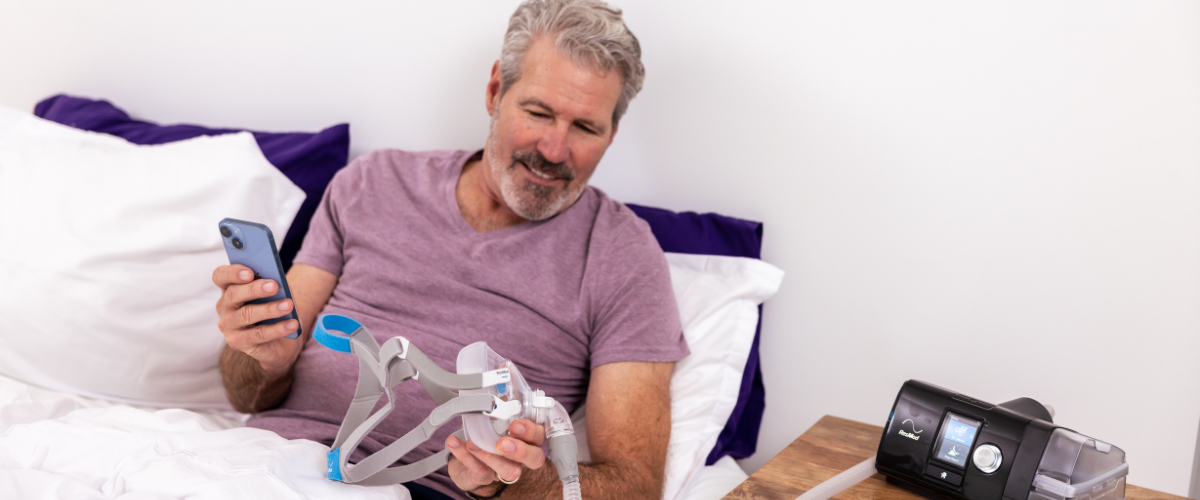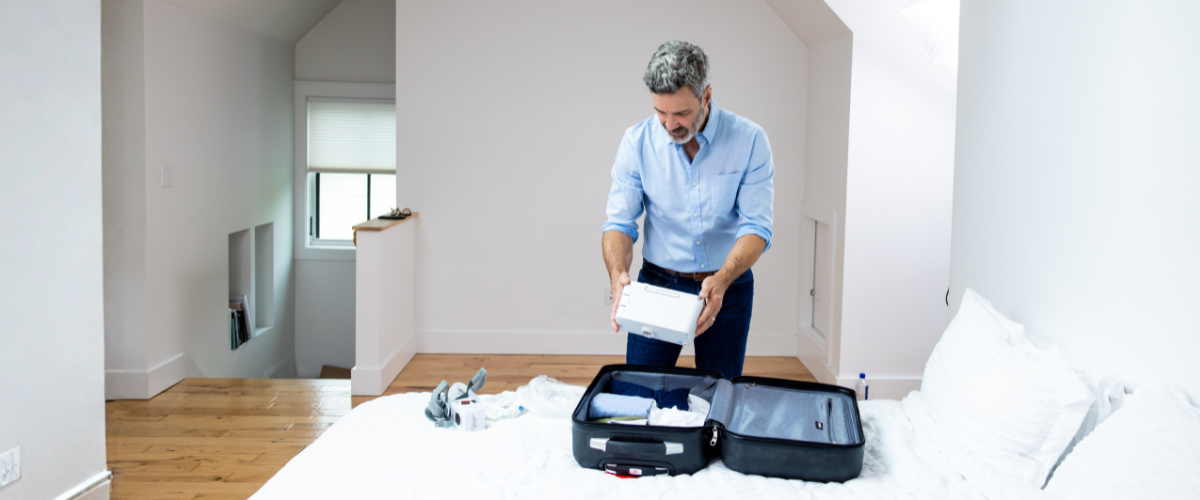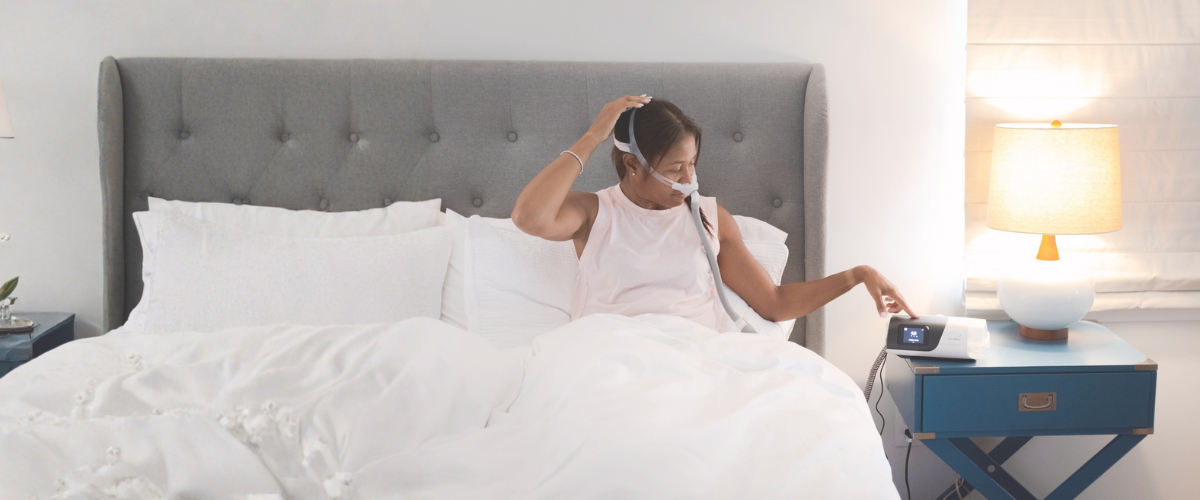Somewhere between 18 to 22 million Americans suffer from some type of sleep apnea, yet the condition remains largely undiagnosed in our nation. Most people assume only overweight men suffer from sleep apnea, but in reality, sleep apnea can affect anyone. Before you commit to a polysomnography, film yourself sleeping to see if you're struggling to breathe at night.
Waking up tired? Wondering why your partner keeps saying you snore?
Even when someone has been diagnosed, there are cases where the person doesn’t use their CPAP every night. Why? Because apnea events happen during sleep, many people don’t realize just how scary, not to mention loud for their partners, sleep apnea can become.
How do we solve this problem? The answer might just lie in a home video. One study found patients who see themselves struggling to breathe are more likely to use their CPAP. It’s no surprise why it works — “We really created a personal sense of urgency in these patients in order to change their behavior,” says Mark Aloia, PhD, of National Jewish Health in Denver.
Gathering the evidence with video footage
Watching yourself struggle to breathe can be scary at first, but it might be the push you need to stay on track (doctors often call this staying compliant) with your CPAP therapy. Here's an example of a few people who watched themselves sleep and were awakened by the shocking results.
If you’re using a CPAP or think you might suffer from sleep apnea, you should consider filming yourself during the night to see if you can hear or see any warning signs of sleep apnea.
5 tips to film yourself to detect sleep apnea
After reviewing several videos we started to wonder...what’s the best way to actually record yourself sleeping? We asked filmmaker Dave Saich to share some easy tips to record yourself sleeping to detect signs of sleep apnea.
1. Don’t buy a camera, use your phone
You can totally use your smartphone to record your sleep patterns, just be sure to adjust the settings to a relatively low-resolution. Most phones now shoot 4k by default and that will fill the memory in a very short time. Dave suggests to shoot in 1080k or 720k and to clear out as much space as you can on your phone. You're probably going to let it roll for 8 hours.
To change the resolution on an iPhone, go to to Settings > Photos & Camera, tap either Record Video or Record SlowMo and change the resolution.
2. Charge your phone
Hardly any phone camera will run for 8 hours on a battery, so be sure to keep your phone hooked up to a power source overnight.
3. Get creative with your setup
You don't need to purchase a tripod if you don’t have one. Lean your phone against books, tape, whatever is lying around that will hold it steady. Get the camera close enough to see your face — it might feel weird being close to you, but it'll be harder to diagnose symptoms if the camera's across the room.4. Test the light before you sleep
Be sure that your bedroom is letting in just enough light to maintain visibility. Contemporary cameras don't need a ton of light, but they do need some. Test your shot before you commit to a whole night's sleep, test a few set-ups to make yourself as comfortable as possible, and sleep with a gentle, not-too-bright light on.If you have a camera with night vision, the same rules apply, but you can keep the light down a bit lower!
5. Be mindful of sound
Sound will also be relevant, so keep the camera away from fans, AC vents, etc. that may cause noise or blow air into the microphone.
After you wake up, you will have a large video file. You can upload it and store it privately on YouTube, or Google Drive has up to 10 GB storage for free. Because you’re dealing with a large file, be sure to upload the file overnight.
Things to look for in your video
You won’t have to watch the whole 8 hours of footage. If you have sleep apnea, the symptoms will be evident pretty soon after you start watching closely.
Make note of the following signs:
- Are you snoring? If so, how loud is your snoring?
- Do you stop breathing?
- If so, how often do you stop breathing? How long are the gaps between breaths?
Test your apnea symptoms with the STOP-Bang questionnaire
If you believe you have sleep apnea, the next step is to answer the STOP-Bang questionnaire, which notes which symptoms you’re presenting, making it easier for your doctor to determine a proper diagnosis. You will also want to immediately schedule a home sleep test.
STOP
- Do you SNORE loudly (loud enough to be heard through closed doors)
- Do you often feel TIRED, fatigued, or sleepy during the day?
- Has anyone OBSERVED you stop breathing during your sleep?
- Are you being treated for high blood PRESSURE?
BANG
- BMI more than 35 kg/m2
- Age over 50 years old
- Neck circumference greater than 16 inches
- Gender: male
Sleep is an essential component of your long-term health. Sleep deprivation can affect everything from your mood, your weight, your appetite and more. In addition to robbing you of a good night's sleep, untreated sleep apnea has long-term negative impacts on your health.

